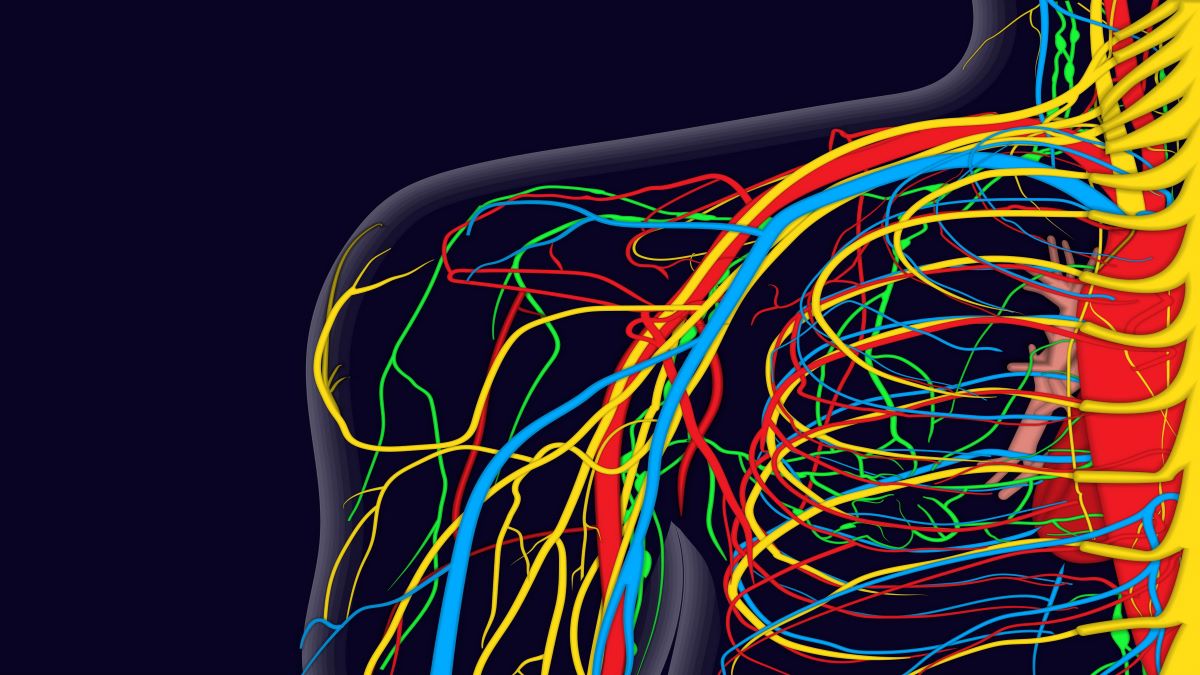Peripheral nerve pain results from nerve damage. Affected nerves are those located outside of the brain and spinal cord. As a result, peripheral neuropathy may cause weakness, numbness, and pain, usually in the feet and hands. It can also interfere with normal digestion, urination, and blood circulation. Therefore, proper diagnosis and treatment are essential.
Peripheral nerve pain diagnosis
Due to the vast array of symptoms characterizing peripheral neuropathy, diagnosing this condition can be challenging. To diagnose peripheral nerve pain, the doctor usually performs physical and neurological examinations. In addition, the healthcare provider pays attention to the patient’s medical history. The neurological involves the doctor checking tendon reflexes, muscle strength, muscle tone, patient’s ability to feel certain sensations, posture, and coordination. The physician may also order some tests, including:
- blood tests
- nerve function tests
- imaging tests
- nerve biopsy
- skin biopsy
Peripheral nerve pain treatment
Peripheral neuropathy treatment aims to relieve symptoms by managing an underlying cause of this condition. For instance, if diabetes results in peripheral nerve pain, controlling blood sugar may help deal with neuropathy. Similarly, reducing alcohol consumption and keeping a healthy diet benefits the affected person when peripheral nerve pain results from vitamin deficiency.
Although it is crucial to managing an underlying health issue causing peripheral neuropathy, the treatment usually involves methods that help reduce the symptoms of this condition. Generally, peripheral nerve pain treatment options include:
- the use of medications
- physical therapy
- transcutaneous electrical nerve stimulation (TENS)
- plasma exchange and intravenous immune globulin
- surgery
Peripheral nerve pain medications
The doctor can prescribe medicines to alleviate the signs and symptoms of peripheral neuropathy. Such medications may include:
- Pain relievers. In mild cases, nonsteroidal anti-inflammatory drugs, such as over-the-counter pain medications, can relieve discomfort. However, in more severe cases, the healthcare provider might suggest painkillers to deal with symptoms. It is worth mentioning that some medications may lead to addiction and, therefore, are rarely prescribed.
- Topical treatments. Commonly used options are capsaicin creams and lidocaine patches.
- A cream containing capsaicin has modest benefits in treating peripheral neuropathy. However, where applied, it may cause skin burning and irritation that usually lessens over time. Some people, though, can’t tolerate it.
- Lidocaine patches applied to the skin may provide pain relief. However, it has side effects that may involve dizziness, drowsiness, and numbness at the patch site.
- Anti-seizure medications. Some medications developed for treating epilepsy may alleviate nerve pain. Notably, some patients may experience side effects, including drowsiness and dizziness.
- Antidepressants. Certain tricyclic antidepressants can help deal with pain by affecting some brain and spinal cord chemical processes that cause painful sensations. It is worth mentioning that antidepressants may cause side effects. They may include dry mouth, nausea, dizziness, drowsiness, alterations in appetite, weight gain, and constipation.
Peripheral nerve pain therapies
A variety of therapies help manage the signs and symptoms associated with peripheral neuropathy.
- Physical therapy. In case of muscle weakness, it can assist in improving the mobility of the affected person. Some patients may also benefit from using hand or foot braces, a cane, a walker, or a wheelchair.
- Transcutaneous electrical nerve stimulation (TENS). This procedure involves a gentle electric current delivery to the skin through electrodes at varying frequencies. The course of TENS generally lasts for about a month and involves daily 30 minutes procedures.
- Plasma exchange and intravenous immune globulin. These procedures help suppress immune system activity. Therefore, they may be advantageous for patients with underlying inflammatory conditions.
- Plasma exchange involves collecting the patient’s blood, removing antibodies and other proteins, and returning the blood to the body.
- During immune globulin therapy, the patient gets an abundance of proteins that work as antibodies (immunoglobulins).
- Surgery. In some cases, neuropathy results from pressure on nerves like pressure from tumors. In such situations, surgery is a helpful peripheral nerve pain treatment that aims at reducing pressure.
















Leave a Reply
You must be logged in to post a comment.